It was still warm in Buenos Aires, but winter was coming, bringing the first cold days in early February, so we decided to go further. The capital of Uruguay was chosen for a reason. Travelling around Malaysia, we noticed that wealthy citizens often move to Singapore. The same goes for Latin America. Many rich people living in Buenos Aires move to Montevideo. So going to Uruguay, we knew we were going to stay in a city with a high—at least for Latin America—quality of life.
Ships regularly sail from the capital of Argentina to Montevideo, so we bought tickets to one of them. It was a huge ferry with spacious halls, panoramic windows, shops, and restaurants.
The ship was slowly ploughing the waters of the huge La Plata River, so we didn’t feel motion sickness. The trip took about three hours, during which we and our boys managed to grab a snack and walk around the deck enjoying the change of picturesque views.
History of Montevideo
Looking at the big, modern city, we could hardly believe there was almost nothing in the area until the late 18th century. The territory of present-day Uruguay belonged to Portugal then and bordered Spanish territories, while today’s Montevideo was just a hilly wilderness.
In 1680, the Portuguese built a fort city called Colonia do Sacramento (still existing today) on the shore of the Río de la Plata. It had just one function: accepting smuggled goods that would later be illegally transported to Buenos Aires and other parts of the continent. That’s why in 1724, the Spanish decided to build a fortress on the territory of the present-day capital of Uruguay. It was called San Felipe y Santiago de Montevideo.
The fortress—that farmers mainly coming from Tenerife started to settle around—let the Spanish authorities control both sides of the Río de la Plata and put an end to the neighbours’ illegal activities. Montevideo suddenly turned into an important strategic port. In 1776, the city officially joined the Viceroyalty of the Río de la Plata.
Over many centuries, the citizens of Montevideo had been repulsing attacks from Brazilians who wanted to conquer the promising seaport. In 1816, the neighbours managed to achieve their goal, and the city became part of Brazil for the following 12 years, until in 1828, it became the capital of Uruguay that had already succeeded in winning its independence.
In the early 20th century, the capital expanded significantly due to influxes of European immigrants. By the way, Montevideo is still considered the “whitest” city in Latin America.
The capital is still developing actively. In 2006, it was ranked first in South America by quality of life.
Long before our trip to Uruguay, we heard a lot about the former head of state who, despite the country’s wealth, was considered the poorest president in the world. José Mujica did lead a simple life having rejected the presidential residence, salary (he gave 90% of his income to charity), and senatorial pension. Uruguayans are very proud of their extraordinary president as well as the high level of economic development and good living conditions. However, after enormous Buenos Aires, Montevideo seemed quiet, cosy, but totally local to us.
Leisure with Kids
Having got off the ferry, we got on a roomy taxi van and headed for the rented flat. We managed to rent a spacious, nicely furnished flat on the ninth floor that had a wonderful view of the La Plata River. At night, we could listen to the murmur of the waves for long. And the sunsets looked amazing from our window.
Getting to a new flat, we first arrange a place for the children’s leisure. If possible, we move all furniture in the living room so that there is an area where the boys can play. Thus, Michael Jr and Robert always have enough space for any activity.
We enjoy educating and developing our children ourselves, but sometimes we can’t provide them with enough activities, and it’s hard to do away with external help. That’s why we tried to find a babysitter again and succeeded this time. A girl from Saint Petersburg responded to our ad, and she instantly got along with our boys. In the end, we even offered her to go travelling with us, but she refused, as she had a boyfriend in Uruguay and planned to stay there.
We gradually managed to get into a regular daily routine. We went to the beach almost every morning—we really missed spending time by the water during our stay in Buenos Aires. Sometimes we went for a walk around the city. Surprisingly, walks with a pram turned out to be a challenge, as most pavements even in the centre of the city are dotted with tree roots lifting the asphalt, forming elevations and holes that are often impossible to go through with a pram.
We came back home by lunch and spent time with the children doing some activities. Robert and Michael Jr were amazingly calm and attentive at that time learning new games eagerly. In the evening, the babysitter came and took care of the boys till midnight.
Safety in the City
As usual, the boys went to bed late, so we went for a walk in the evening. Strolls and active games in the open air tired Robert and Michael Jr, and they quickly fell asleep after them. At first, we asked our babysitter to take the children for a walk, but her boyfriend insisted on her staying at home after 11 pm.
First, the girl was afraid, but later she started to go out with us wondering all the time why her fiancé found evening walks dangerous, as the streets were well-lit, it was calm and quiet everywhere. We also thought it strange, as we didn’t meet any suspicious people over the month we spent in the city.
Nevertheless, it was still a fact that local citizens were scared of walking after the sunset. And perhaps, they are right, as the safety degree depends on the city district.
The centre of Montevideo, which is well-kept and well-lit, is really safe. As for eastern districts, they are inhabited by wealthy citizens. There are almost no landmarks there, but we liked looking at their beautiful mansions during our walks. By the way, almost all houses are surrounded by high fences with pointed peaks, and the first-floor windows are barred, which testifies to safety issues.
Poor districts are situated to the west of the centre. It’s really better to avoid going there at night. We happened to come there once to see a carnival performance. A polite taxi driver even asked why we needed to go to the area in the evening in general and with the children in particular. After the performance ended, we called Uber again. To our surprise, a car came within 2 minutes. It turned out that the taxi driver was worried about us, so he parked nearby and waited for us for as long as an hour while the show was on. The citizens of the capital are well aware of how dangerous the city streets may be at night, but again, we personally didn’t encounter anything bad, and saw no hint of danger wherever we walked at night.
However, we did notice some odd things. There was always a row of large recycling bins along the houses. At night, carts pulled by horses came to the bins. The gypsies emerging from them burrowed through the garbage cannily taking the things that seemed valuable to them. It was weird to observe that, as Montevideo was a modern, developed city that was not in any way associated with the absurd picture of “professional garbage collectors”.

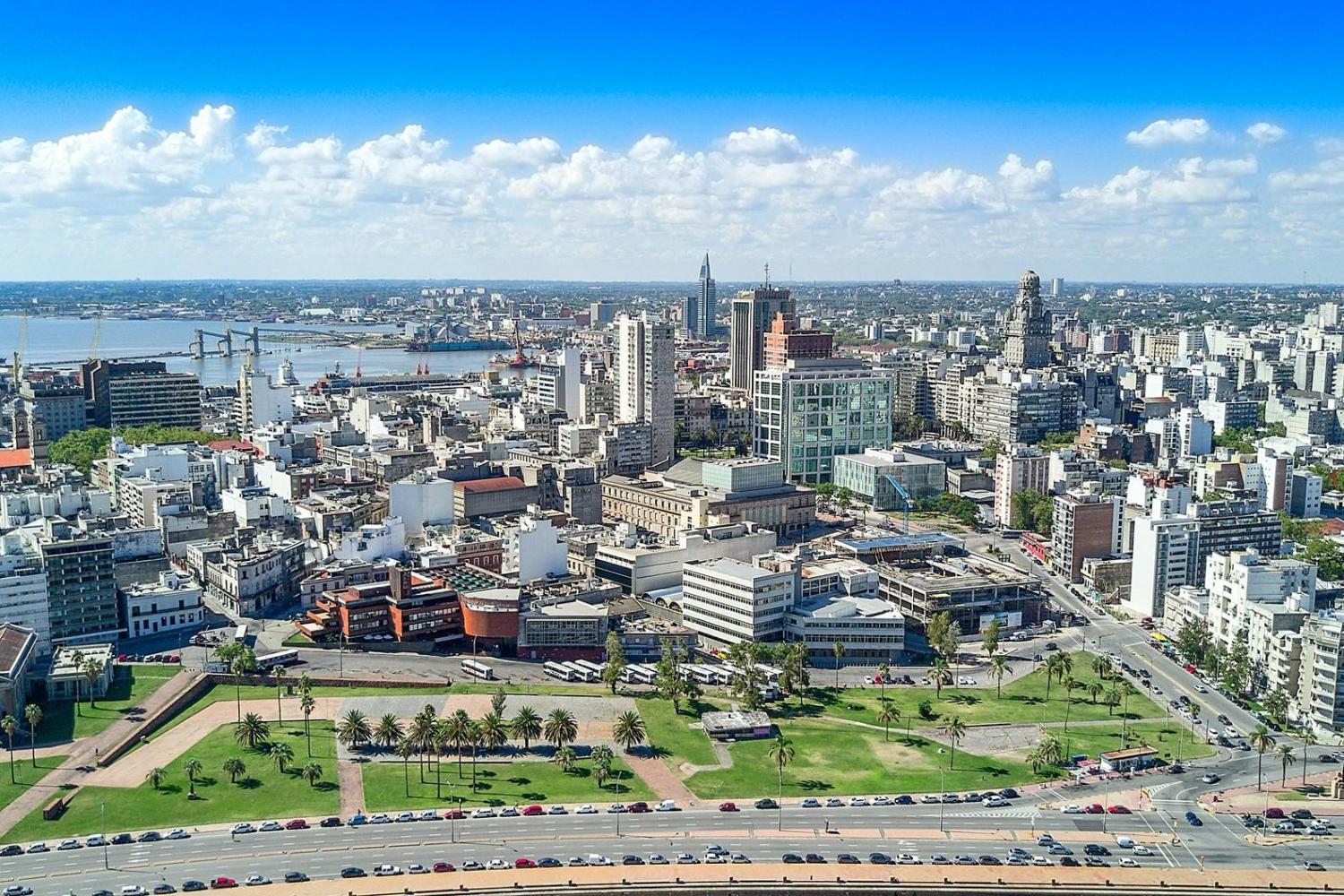
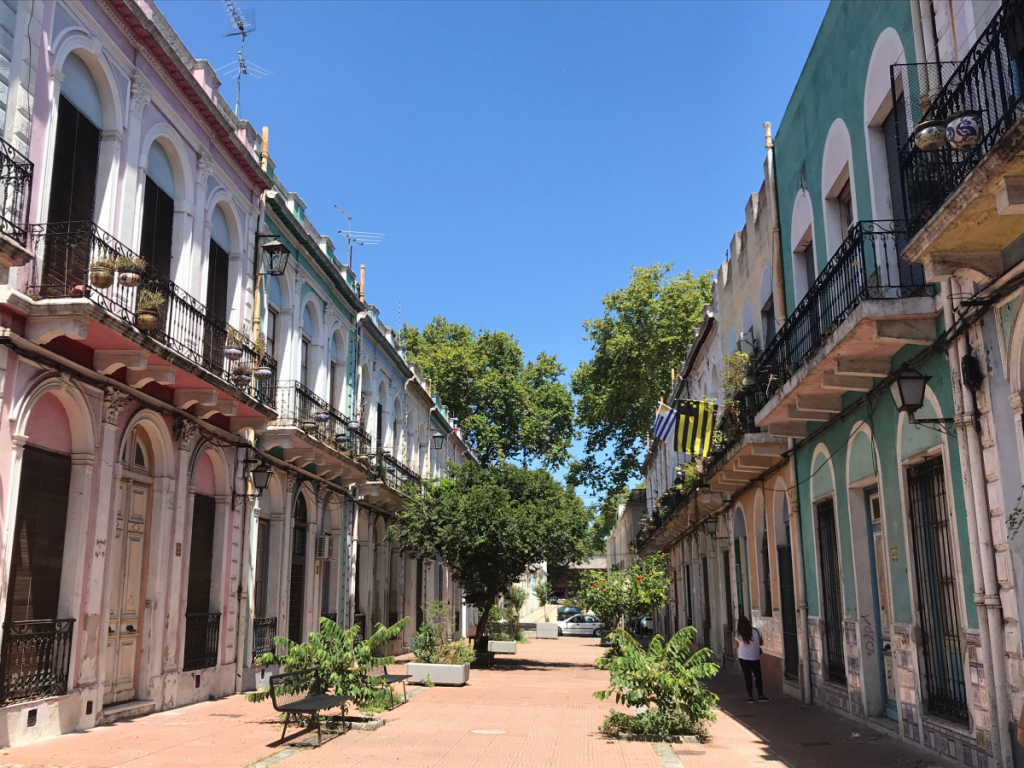
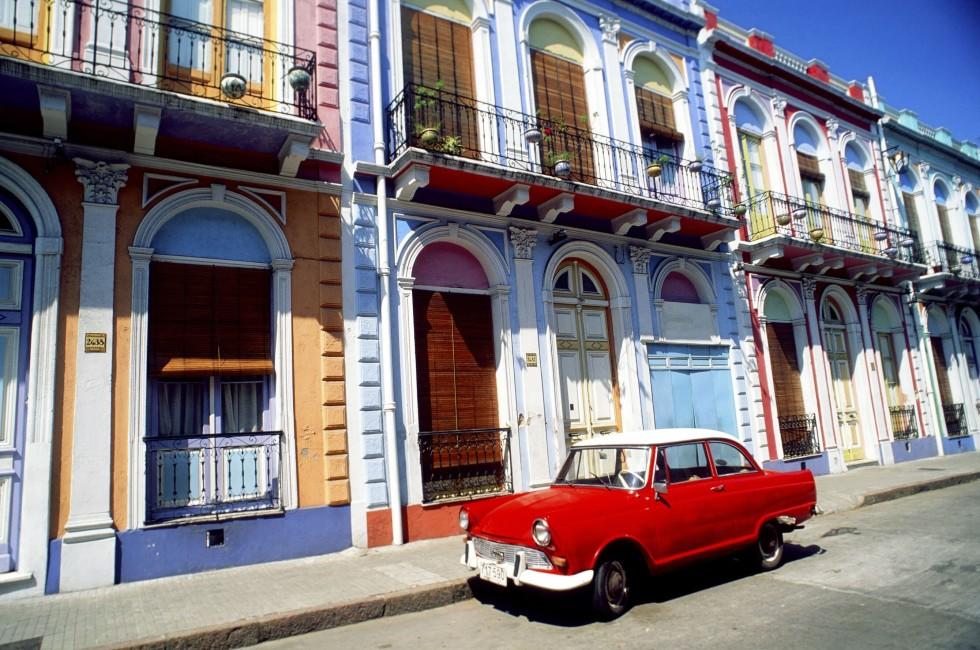
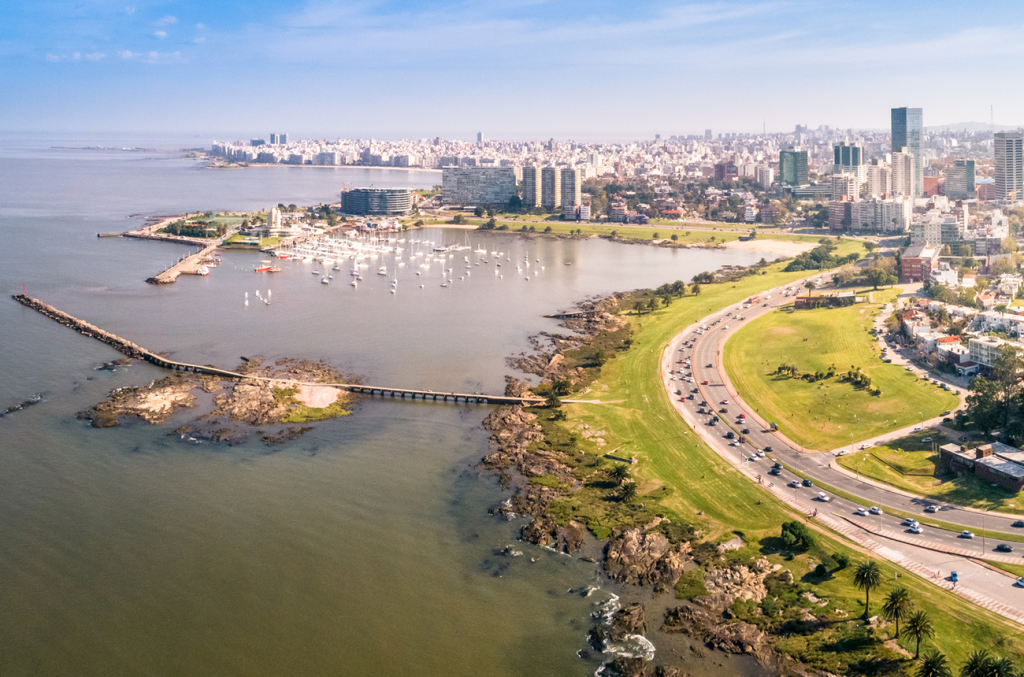
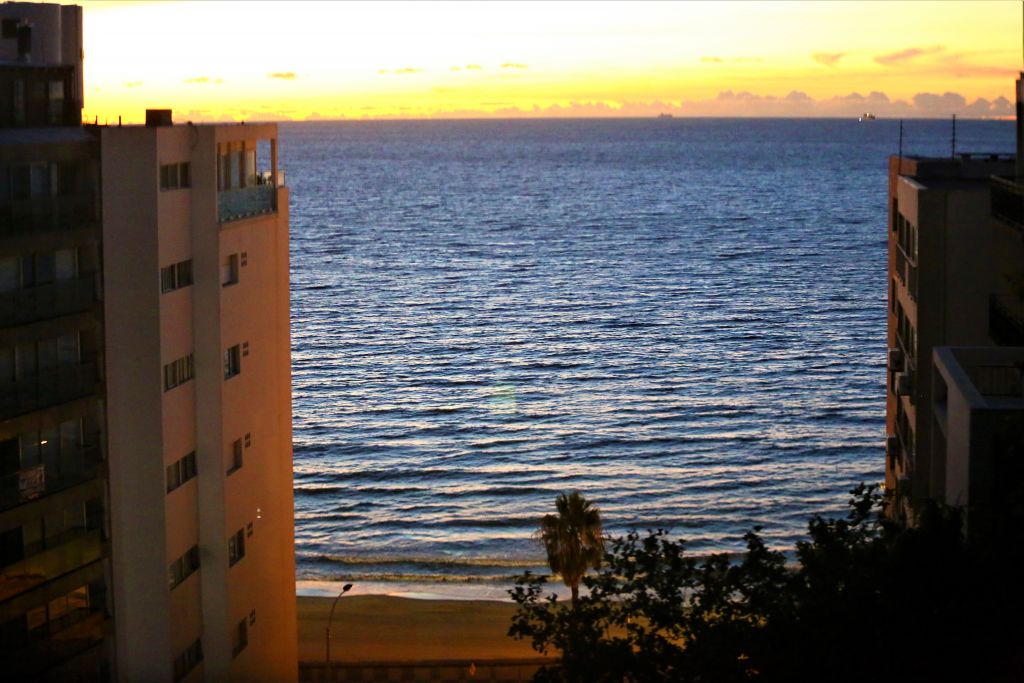
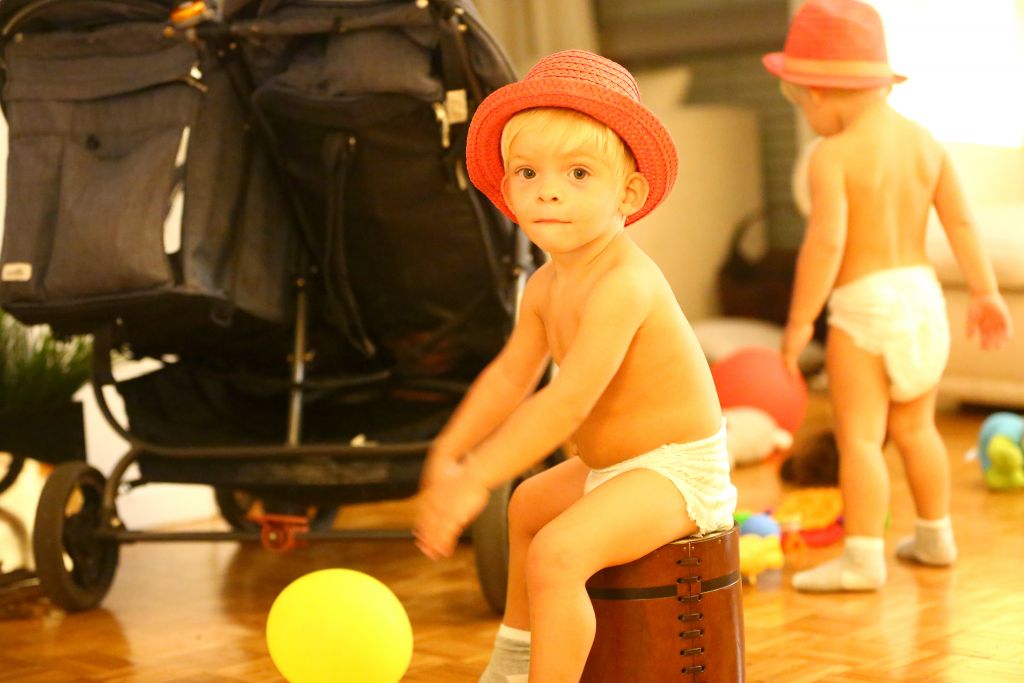
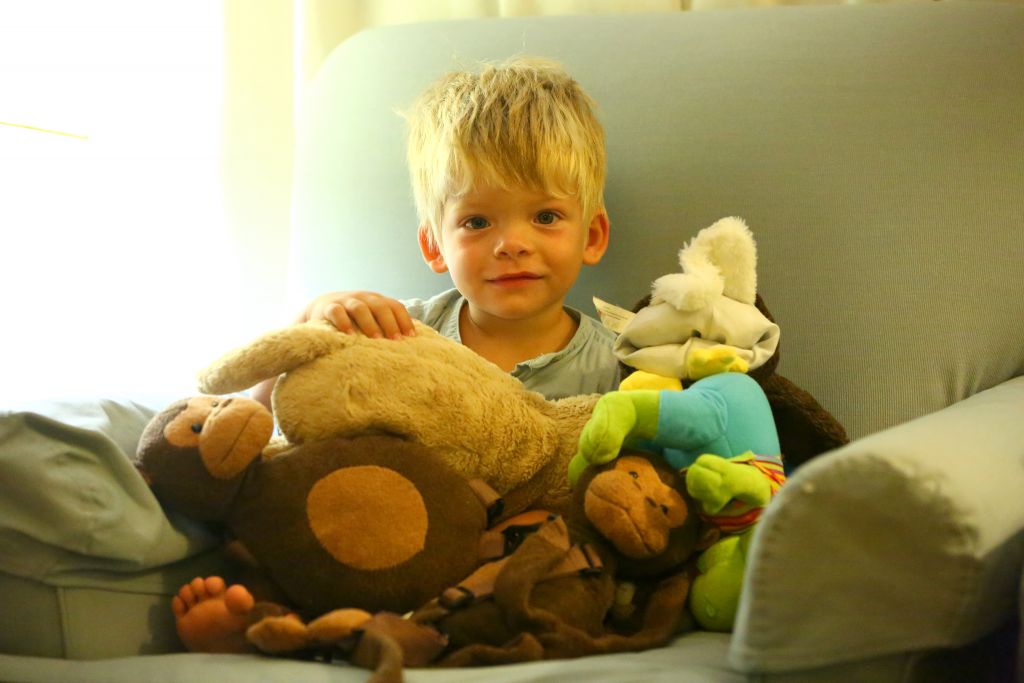
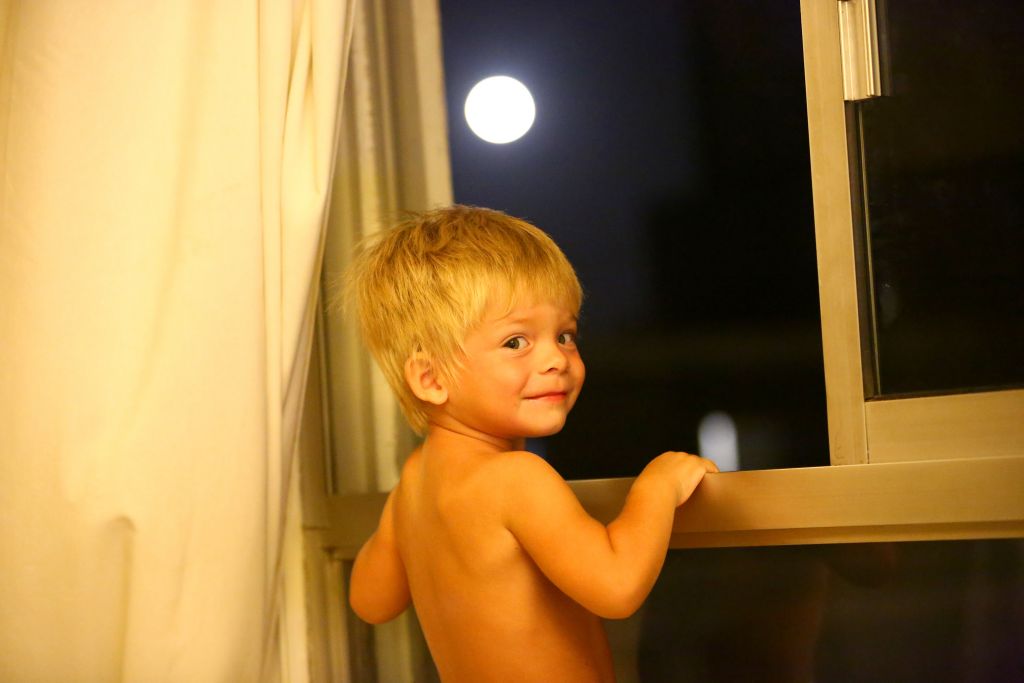
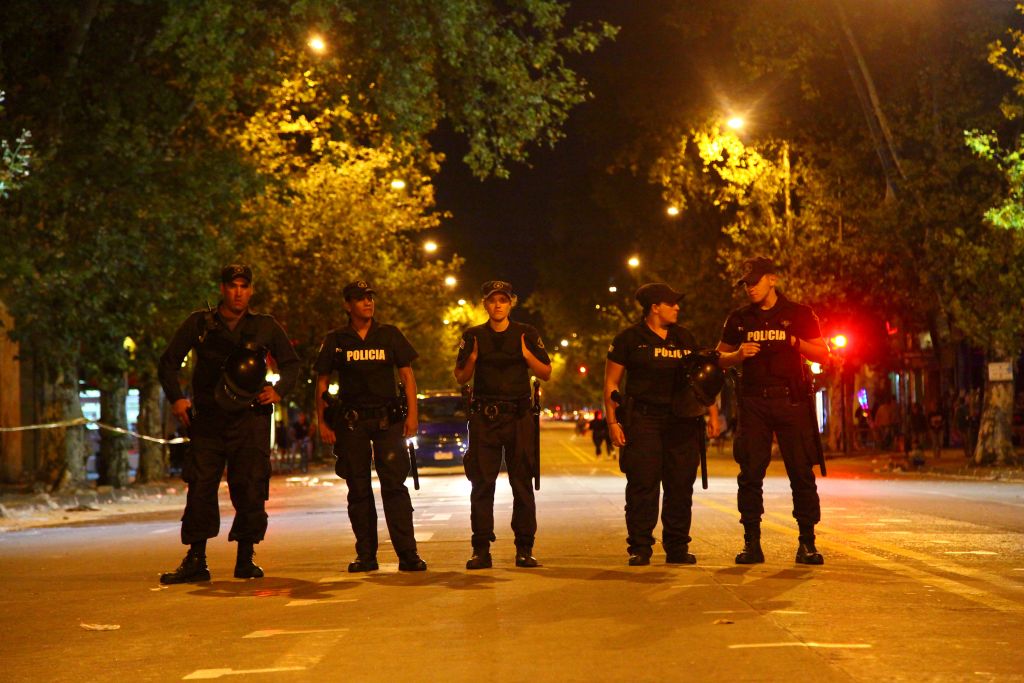
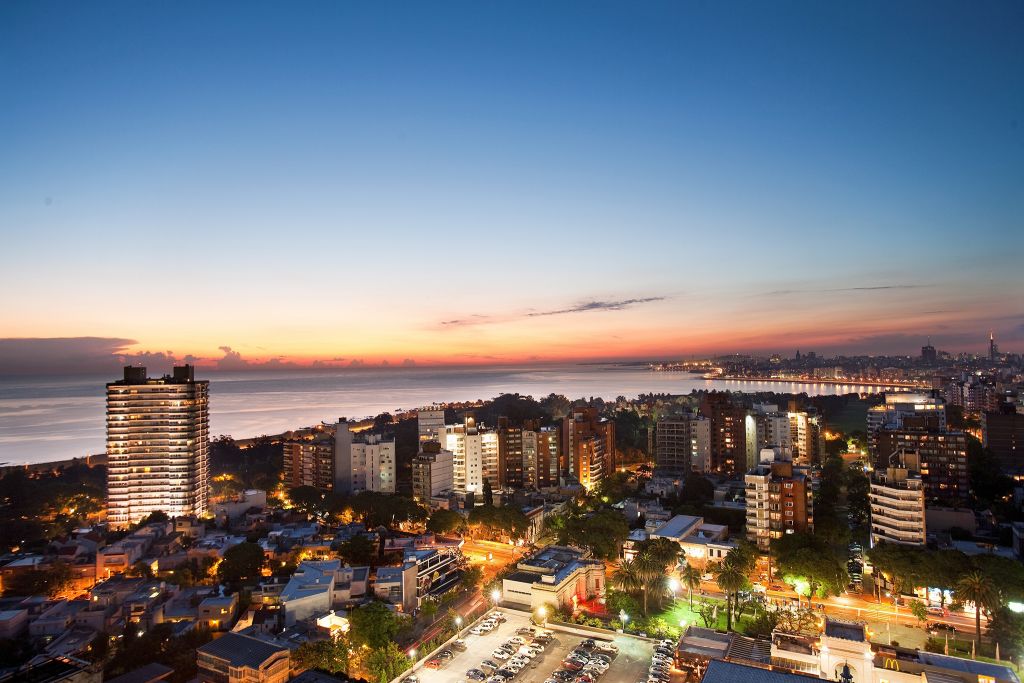


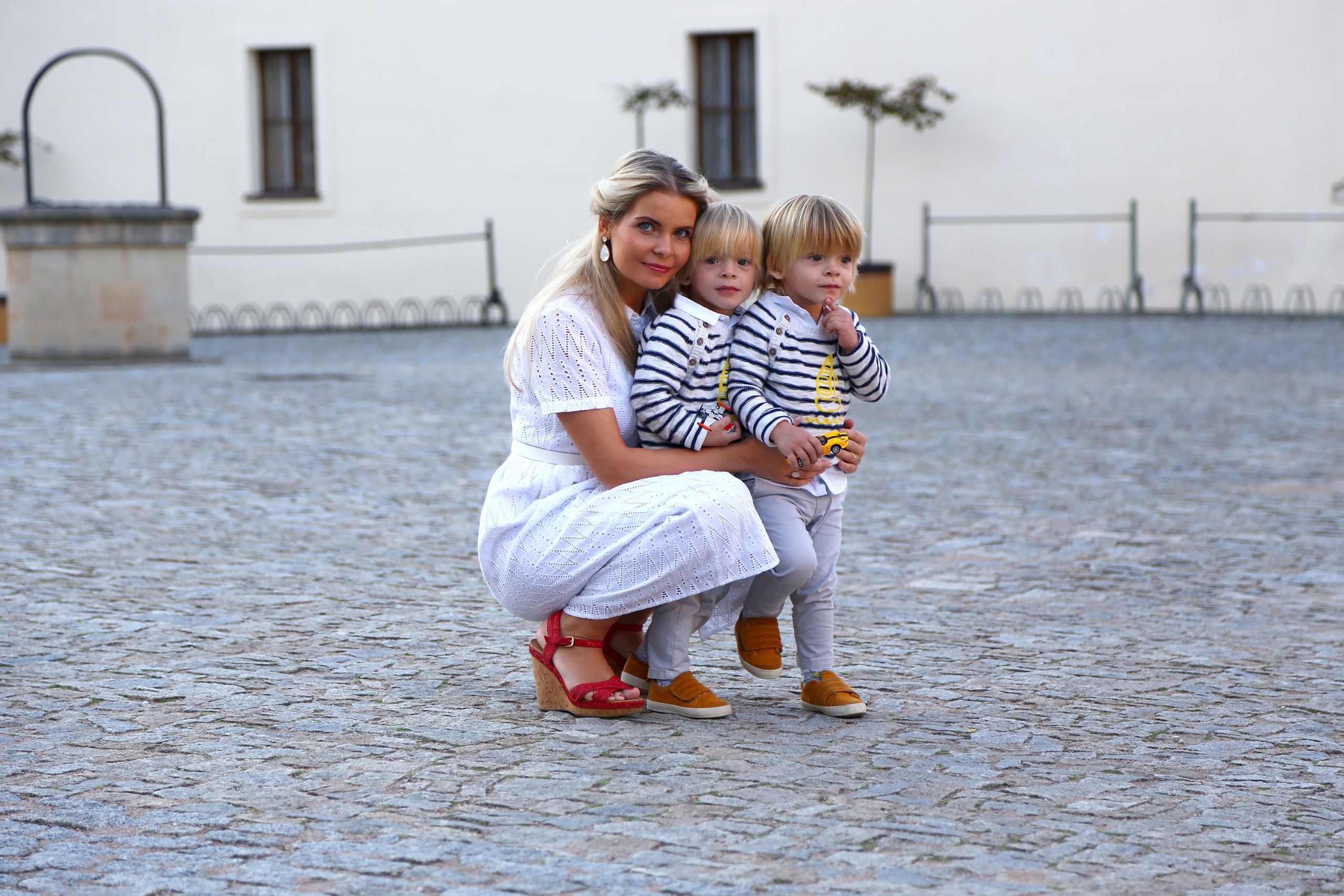

Leave A Comment